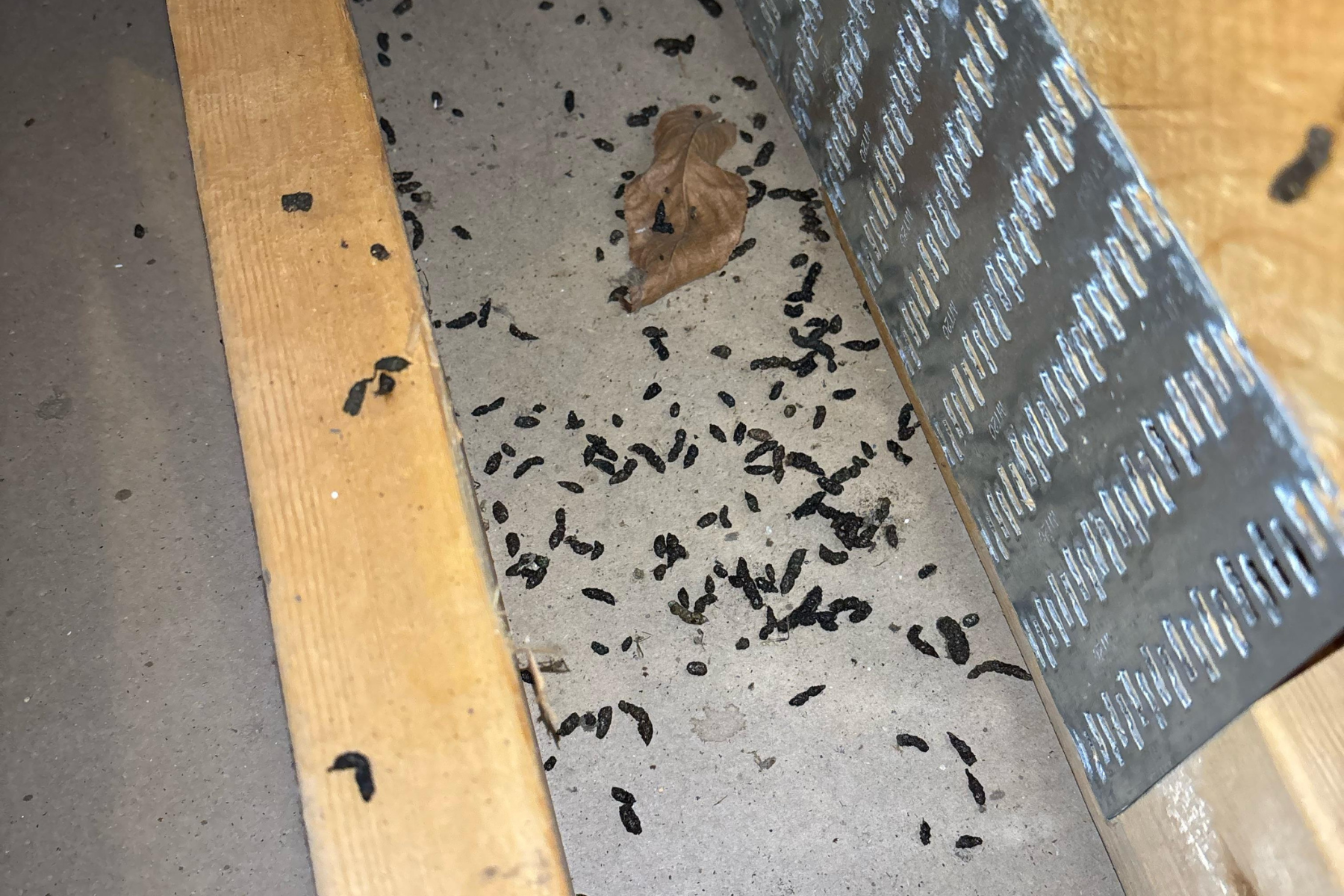Living in Chandler, Arizona, offers stunning desert scenery and sunny weather year-round—but it also presents unique challenges when it comes to pest control. Desert rodents like roof rats, pack rats, and field mice are common in this area, and they can quickly become unwelcome houseguests if preventive measures aren’t in place. These pests cause property damage, contaminate food sources, and carry harmful diseases.
Rodent-proofing your home is the best proactive step you can take to protect your family, health, and property. In this comprehensive guide, we’ll walk you through how to rodent-proof your Chandler home using expert-backed strategies that consider the local climate and rodent behavior.
Why Rodents Are a Problem in Chandler
Rodents pose a significant problem in Chandler, Arizona, due to a confluence of factors related to the city’s environment, climate, and development. Understanding these factors is crucial for effective rodent control.
Common Rodents in the Area
Chandler residents typically encounter the following rodent types:
- Roof Rats: Agile climbers that enter through vents, trees, or rooftops. Often nest in attics.
- Pack Rats (Woodrats): Known for hoarding shiny objects; build large nests in cluttered outdoor areas.
- House Mice: Small but persistent invaders, often nesting in walls or storage areas.
Seasonal Infestation Patterns
Rodents in Chandler seek shelter during the cooler months (October–February) and are more active during spring and fall. However, due to mild winters, infestations can occur year-round.
Health and Property Risks
Rodents chew electrical wires, wood framing, and insulation. They can carry diseases like hantavirus, salmonella, and leptospirosis. Their droppings and urine contaminate food and surfaces.
Step-by-Step Guide to Rodent-Proofing Your Home
Rodent-proofing your home is a multi-step process that requires diligence and attention to detail. It’s more effective to prevent rodents from entering in the first place than to deal with an infestation after it’s established. This step-by-step guide will help you create a rodent-resistant home.
Step 1: Close All Rodent Entryways
Rodents can squeeze through holes the size of a dime. Inspect the entire exterior of your home:
- Doors and Windows: Install weather stripping and door sweeps.
- Vents and Crawlspaces: Use hardware cloth to seal gaps.
- Utility Openings: Fill holes with steel wool and caulk.
- Foundation Cracks: Seal using concrete patch or silicone caulk.
Step 2: Secure Food Sources
Rodents are always looking for food. Reduce temptation by:
- Storing dry goods in sealed, rodent-proof containers.
- Cleaning up crumbs and spills immediately.
- Not leaving pet food or birdseed outside overnight.
- Keeping trash bins tightly sealed.
Step 3: Eliminate Nesting Materials
Rodents will use almost anything to build a nest. Declutter both indoor and outdoor spaces:
- Store firewood at least 20 feet from your home.
- Remove cardboard boxes and paper clutter in garages and attics.
- Keep grass clippings, leaves, and debris cleared.
Step 4: Maintain Landscaping
Overgrown vegetation can provide shelter and pathways for rodents:
- Trim tree branches at least 3 feet away from your roof.
- Keep shrubs and plants well-maintained.
- Mow your lawn regularly and remove yard waste.
Step 5: Install Physical Barriers
Adding structural defenses helps block rodent entry:
- Screens: Install fine-mesh screens over vents and chimneys.
- Chimney Caps: Prevent roof rat access.
- Door Sweeps: Use rodent-proof sweeps on all exterior doors.
Common Mistakes Homeowners Make
Ignoring the Roof
Roof rats are notorious for climbing trees and accessing homes via roofs. Overlooking vents, broken tiles, or chimneys can leave a major vulnerability.
Skipping Regular Inspections
Rodents reproduce quickly. A minor issue can become a full infestation in weeks. Monthly visual checks can catch problems early.
Improper Use of Poison
Using rodenticides without a full prevention plan can result in rodents dying in walls or attics, leading to foul odors and secondary pest issues.
When to Call a Rodent Control Professional
Warning Signs You Need Help
- Droppings or urine smells in kitchens and pantries
- Chewed wires, holes in walls, or damaged insulation
- Scratching sounds in ceilings or walls
- Nests made from paper, fabric, or plant matter
Benefits of Professional Help
- Thorough inspection of the home’s interior and exterior
- Identification of all entry points
- Installation of traps and tamper-proof bait stations
- Sanitation and cleanup of contaminated areas
Integrated Pest Management (IPM) in Chandler
Professional rodent control companies in Chandler use IPM methods that combine exclusion, trapping, sanitation, and long-term monitoring to control infestations in an eco-conscious way.
Worried about rodents in your Chandler home?
That unsettling feeling of unease, the gnawing suspicion that something’s amiss behind the wall. It’s time to address it head-on. Don’t wait for those sneaky rodents to cause costly damage to your property. Contaminate your food, or worse, expose your family to diseases they carry. Our locally-based pest control experts at Spark Pest Control are here to help.
We’re not just another pest control company. We’re your neighbors. Deeply familiar with the unique challenges of rodent infestations in Chandler and across Maricopa County. We specialize in rodent-proofing homes. We go beyond simple traps and sprays to identify and eliminate entry points. We create a long-term barrier against future infestations. Our team uses proven, safe, and effective methods to remove existing rodents and prevent new ones from taking up residence. We’ll work with you to develop a customized plan. We ddress your specific concerns and ensure your peace of mind. Contact us today!
Frequently Asked Questions (FAQs)
1. What are the most common rodents found in Chandler, Arizona?
The most common rodents in Chandler include roof rats, pack rats (woodrats), and house mice. These pests are well-adapted to the desert climate and often invade homes in search of food and shelter.
2. How do I know if I have rodents in my Chandler home?
Signs include droppings, gnaw marks, scratching sounds in walls or ceilings, foul odors, and nests made of paper or fabric. Roof rats may also be spotted climbing trees or utility lines.
3. Can rodents enter homes through the roof?
Yes. Roof rats in particular are excellent climbers and often enter homes through roof vents, broken tiles, or trees that overhang the roof.
4. What materials should I use to seal rodent entry points?
Use steel wool, caulk, metal mesh (hardware cloth), and weather stripping. These materials are difficult for rodents to chew through and are ideal for sealing cracks and holes.
5. Is rodent-proofing effective without using poison?
Yes. Effective rodent-proofing focuses on exclusion and sanitation. Physical barriers, proper food storage, and eliminating nesting sites can prevent infestations without the need for poison.
6. How often should I inspect my home for rodent entry points?
It’s recommended to inspect your home every 1–2 months, especially before and after seasonal changes like fall and spring when rodents are more active.
7. Does the desert climate affect rodent activity in Chandler?
Yes. The mild winters and warm climate allow rodents to stay active year-round. However, activity tends to spike during cooler months as rodents seek indoor shelter.
8. Are there professional services for rodent-proofing in Chandler?
Absolutely. Many local pest control companies offer rodent-proofing services including inspections, sealing, trapping, and long-term monitoring using Integrated Pest Management (IPM) strategies.
9. Is it safe to handle rodent droppings and nests myself?
No. Rodent droppings can carry diseases like hantavirus. Always wear protective gear and follow CDC guidelines, or hire a professional for safe removal and sanitation.
10. What’s the best time of year to rodent-proof a home in Chandler?
Late summer to early fall is ideal, as it prepares your home before the peak rodent season in cooler months. However, rodent-proofing can and should be done year-round.



